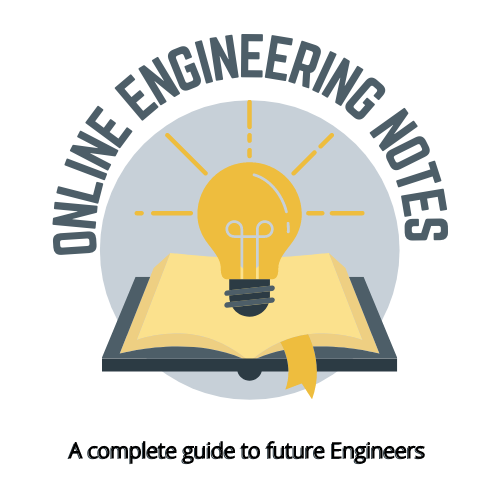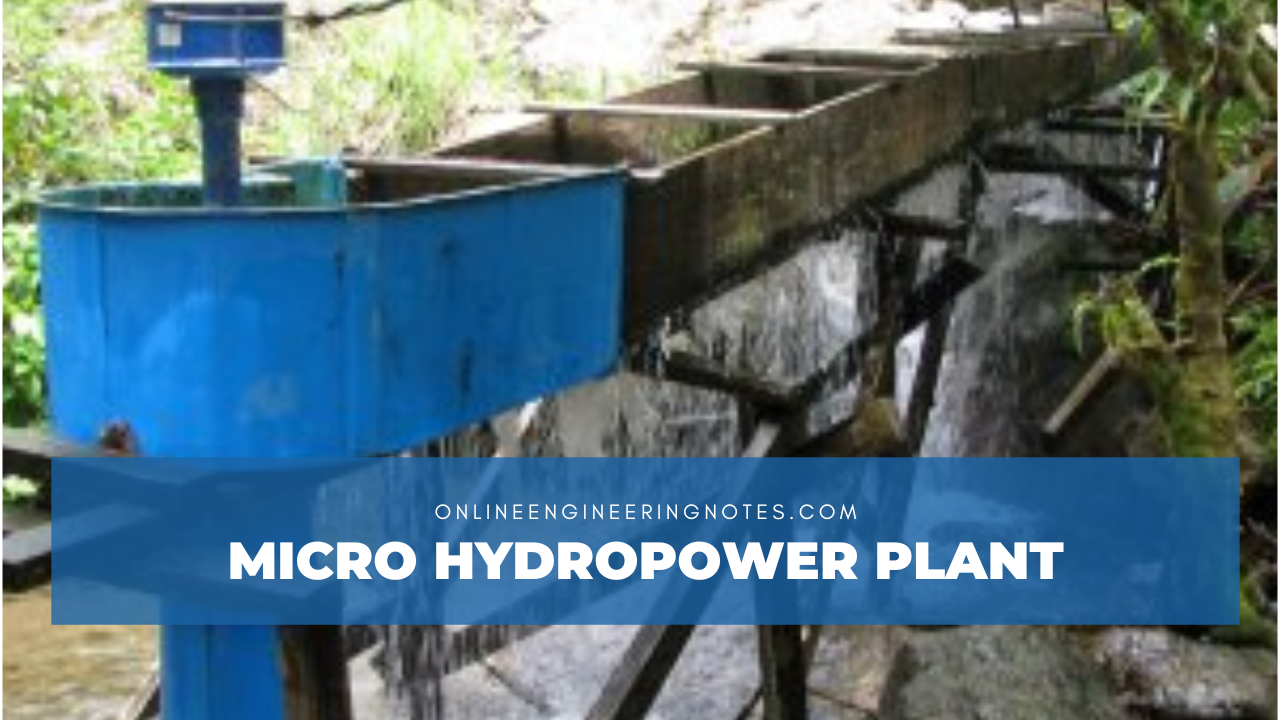1.1 Introduction, scope and application
Micro hydropower plant:
- It is a small-scale hydropower that typically produce upto 100 KW of electricity using natural flow of water.
Scope:
- Generates from 5 KW to 100 KW of power.
- Can be used in remote and rural parts.
- Suitable for area which have reliable source of water.
- Can be used in place with limited grid access.
- Cost effective energy solution.
Application:
- Generating electricity for domestic, commercial and industrial use.
- Use for irrigation and water supply system.
- Tourism.
- Water purification.
1.2 Introduction to policy of Micro Hydropower Plant development in Nepal
- Alternative Energy Promotion Centre (AEPC) is a government institution established on November 3, 1996 under Ministry of Science and Technology with objective of developing and promoting renewable/ alternative energy technologies in Nepal.
Various policies of government regarding Micro Hydro Development in Nepal:
- Hydropower Development Policy 2001
- Renewable Energy Subsidy Policy 2000/2006
- Subsidy Delivery Mechanism 2000/2006
- Rural Energy Policy 2006
Highlights of different hydropower development policies:
- To generate electricity at low cost.
- To extend reliable and qualitative electric service.
- To tie up electrification with economic activities.
- Participation of local bodies.
- To render support to the development of rural economy.
- Make electric service available to as many people as possible.
1.3 Advantage and relevance of Micro Hydropower in Nepal
- Provide a reliable and cost-effective source of renewable energy in Nepal helping to reduce the country’s dependence on fossil fuel.
- Provide energy for household, business and industries helping to increase the economic development of Nepal.
- Helps to reduce deforestation and emission of carbon dioxide providing environmental benefit.
- Relatively easy to install and maintain, making an ideal solution for rural area that lack access to electricity.
- Helps to develop local infrastructure, such as road and transmission line.
- Can create jobs for local in operation, maintenance and construction work.
- Takes short period to construct.
References:
- Dandekar, M. M., & Sharma, K. N. (2010). Water Power Engineering. Vikas Publishing House.
- Punmia, B. C., Pande, B. B. L., Jain, A. K., & Jain, A. K. (2016). Irrigation and Water Power Engineering. Laxmi Publications.
- Singh, Bharat (2018). Fundamentals of Hydrology and Hydropower Engineering. Nem Chand & Bros.
- Central Water Commission, Government of India (2019). Handbook on Hydroelectric Engineering.
- International Energy Agency (IEA) (2021). Hydropower Status Report. Retrieved from www.iea.org
- Nepal Electricity Authority (NEA) (2022). Annual Report on Hydropower Projects in Nepal. Retrieved from www.nea.org.np
- United States Bureau of Reclamation (2020). Design of Small Dams. U.S. Government Printing Office.

